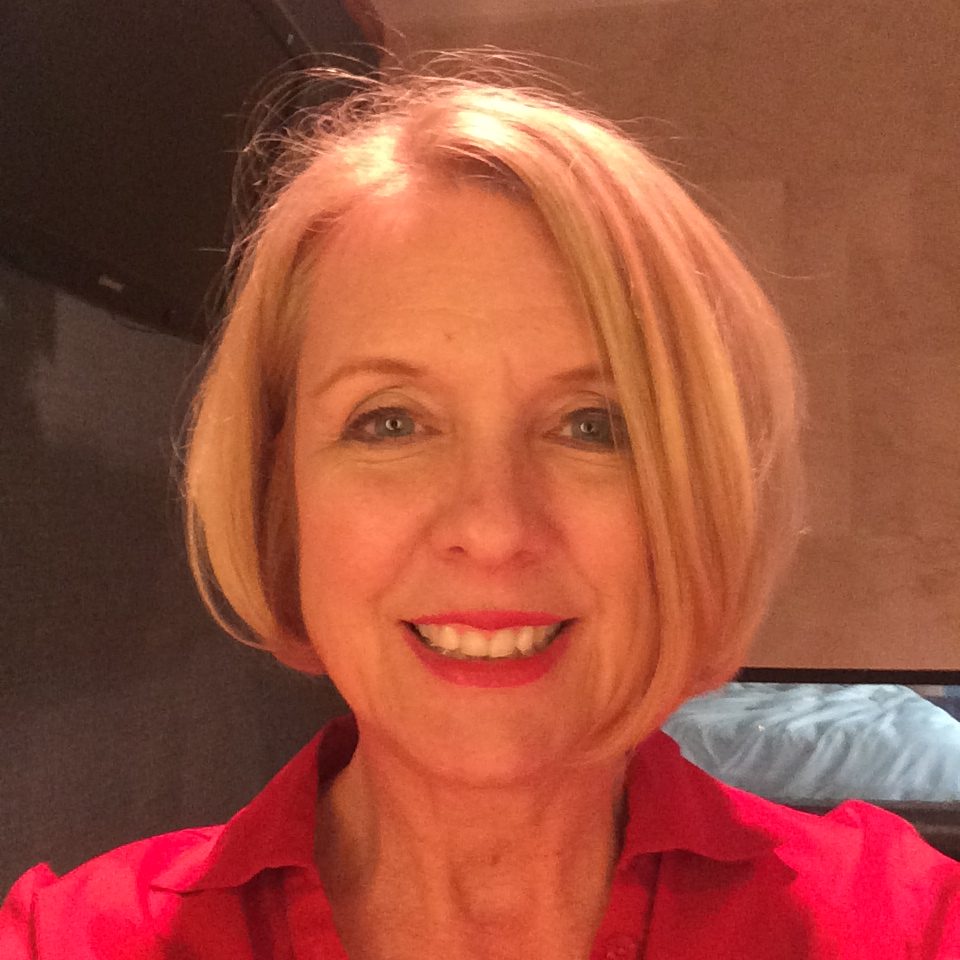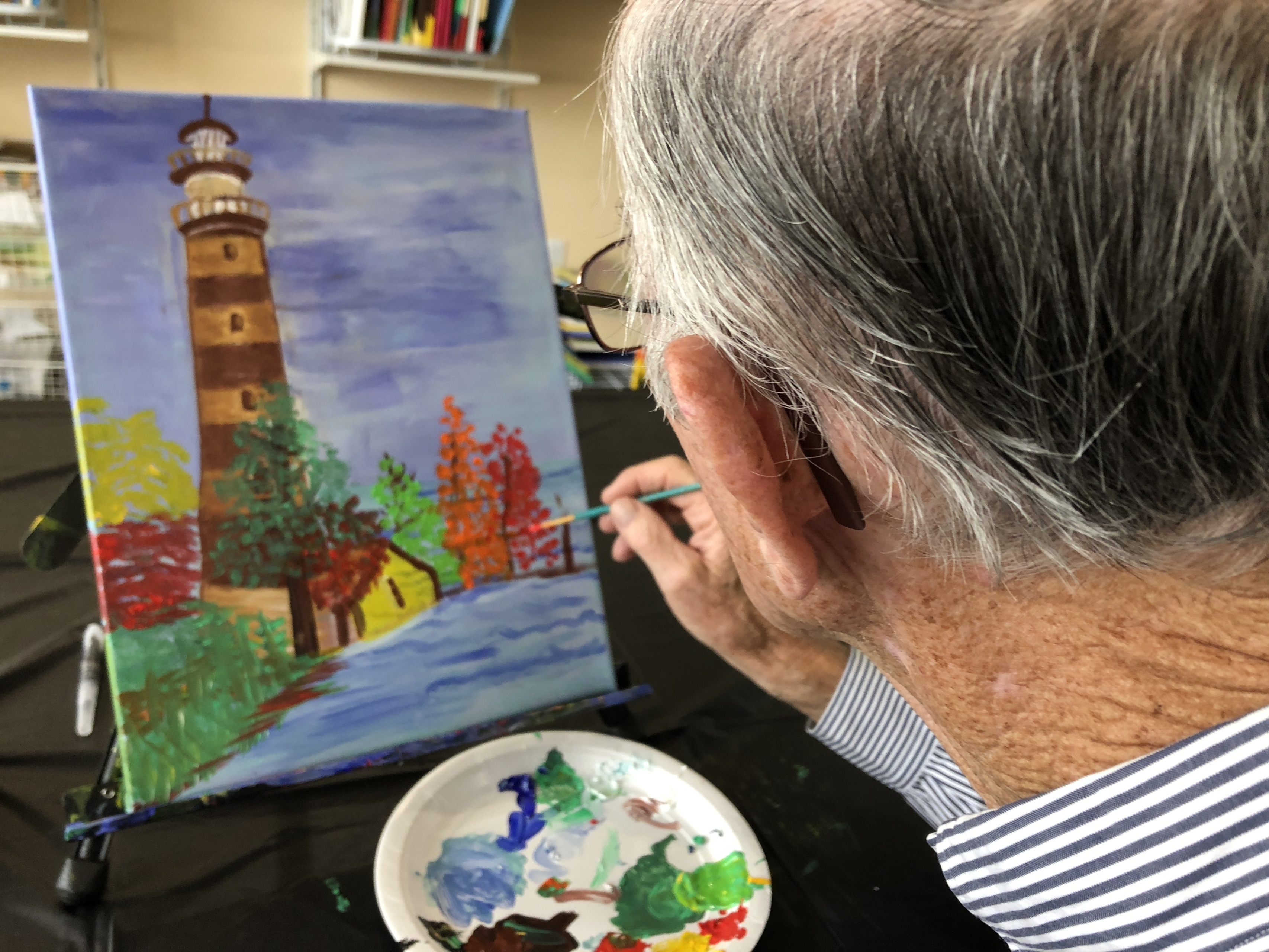Opera star Plácido Domingo made his name as a tenor. Indeed, many know him as one of the “Three Tenors,” performing with José Carreras and Luciano Pavarotti in the late 1990s. But now, at age 77, Domingo is a baritone.
That’s a concession to his aging voice, according to Colleen Mallette, a member of the voice faculty at Texas Christian University in Fort Worth. But it hasn’t diminished his star power.
“His voice has changed, but it’s even richer and better,” Mallette said. “He’s still such a bravura singer that no one feels slighted in the least.”
Like Domingo, performing artists—as well as fine artists—find they must adjust to physical limitations or decreased stamina as they age. For those who aren’t world-renowned, the opportunities to perform, to win roles and grants or to exhibit their work may dwindle as they get older.
At the same time, many artists say they find that maturity brings depth and authenticity to their work that they didn’t have in their youth. And with their habits of creativity, determination and adaptability, honed over time, many artists remain resilient and active well into older age.
Dwindling Roles
Ageism in art, though, is a barrier some artists must hurdle to keep creating. For screen performers, Hollywood can be particularly difficult. At the 2014 Golden Globes, Tina Fey famously praised Meryl Streep’s turn in the film August Osage County for “proving that there are still great parts in Hollywood for Meryl Streeps over 60.”
Streep, of course, is the exception. Many actors, especially women, find opportunities for work drying up past a certain age.
“I’ve had many, many studio heads and casting people and network heads look me in the eye and just go, ‘Yeah, this has been such a great reading, I wish they’d go with you, but they’re going to go younger,’” said actress Kathy Griffin, 57, speaking at a 2016 panel discussion on ageism in Hollywood.
Ageism is so problematic that in 2017 the California state legislature passed a law allowing actors to request the removal of their date of birth from industry databases, like IMDB.com. Actors’ unions argued that the law was necessary to protect actors from age discrimination. (In February 2018, US District Judge Vince Chhabria declared the law unconstitutional.)
On Broadway, many directors have begun experimenting with “color-blind” and “gender-blind” casting—choosing actors without regard to race or gender, according to Mark Lowry, editor and theater critic for TheaterJones.com, a regional arts website. But “age-blind” casting hasn’t caught on in the same way.
“Age is a little more complicated,” Lowry said. “Playwrights generally specify an age, and directors try to honor playwrights’ intentions.”
However, there are a few directors trying “age-blind” casting. A 2017 West End (London) revival of the comedy Daisy Pulls It Off featured actresses in a wide range of ages, all playing teen schoolgirls. And in his 2015 production of Romeo and Juliet, Kenneth Branagh cast Derek Jacobi, then 76, as Mercutio, a move the Guardian said “boldly challenges our prejudices about age on stage.”
Directors may be more willing now to be more realistic in casting and to choose older actors to play mature characters.
At the regional level, Carolyn Wickwire, 81, a professional actress in Albuquerque, NM, says she’s been surprised by how many roles she has been able to play. She has no experience to compare from her youth—Wickwire didn’t start acting professionally until age 51, after retiring from an administrator job. But she’s been so busy with roles in local theater productions, as well as gigs in TV series shot in Albuquerque (Better Call Saul, Longmire and Manhattan), that she’s had to pass up some tempting auditions. She has played characters ranging from age 65 to 91.
“They’re not always the biggest roles, but sometimes they are leads [or] strong supporting roles,” Wickwire said. She believes directors are moving toward “more realistic casting” and are more willing to include older characters and more apt to choose older actors for mature roles.
Some directors consciously tweak the ages of cast members to create a fresh dynamic. The revival of My Fair Lady on Broadway, which opened April 20, 2018, paired Lauren Ambrose, 40, as Eliza, with a slightly younger British actor, Harry Hadden-Paton, 37, as Professor Higgins. That’s a big departure from the original, in which 20-year-old Julie Andrews played opposite Rex Harrison, who was almost 50. The new version was soon sold out.
Not all performing arts prize youth as stubbornly as the stage and screen. It’s not uncommon in opera, for example, for older women to be cast as characters who are younger. Lowry notes that in the Richard Strauss opera Romeo and Juliet, Juliet is a girl of 14, but the role was written for a woman with a more mature voice, usually someone in her late 20s or early 30s.
Even in ballet, where few survive professionally past age 40, more dramatic roles often go to more experienced dancers.
“Certain roles require youth and energy, but the older ballerina … brings maturity and experience that a younger person might not have,” said Michelle Gifford, a former dancer with New York City Ballet and Texas Ballet Theater.
Ageism in Fine Arts
Even visual artists—working in arenas where unwrinkled faces or agile young bodies aren’t required—can encounter ageism, according to Joan Jeffri, director and founder of the Research Center for Arts and Culture in New York City.
The organization’s recent study, “Above Ground: Information on Artists III: Special Focus New York City Aging Artists,” found that 43 percent experienced discrimination because of age. In focus groups, artists reported that if a grant application asked their age, they felt certain “the application went right into the garbage,” Jeffri said.
Some galleries are trying to rectify that. The Carter Burden Gallery in New York’s Chelsea neighborhood shows only the work of artists 60 and older. The Museum of Modern Art in New York is currently running a yearlong installation, The Long Run, of works created by artists after age 45, including a piece created in 1977 by Georgia O’Keeffe at age 90.
Older artists have become “the rage” lately, Jeffri said, but even that poses a dilemma because the trend positions older artists as a “peculiarity, when they should be the norm. Age shouldn’t matter.”
Adjusting for Age
The physical and cognitive changes that accompany aging often affect artists’ ability to create or perform. Recent advances in medicine, nutrition and physical therapy have delayed that somewhat: orthopedic surgery might give a ballet dancer another year or two on an injured knee; a good fitness trainer and a skilled dermatologist might enable an actress to pass as an ingenue into her early 40s. But most older artists eventually must make some adjustments for aging.
For vocalists, for example, aging reduces the flexibility of cartilage around the vocal cords, limiting older singers’ ability to hit certain notes. And hormonal changes may lower a voice.
“Singing is being an athlete, pure and simple,” said Mallette of Texas Christian University. Like athletes, vocalists can use exercises and preventive measures to maintain their voices. Many older vocalists adjust the way they sing certain songs. She noted that Willie Nelson, 85, uses the twang in his singing style as a technique to avoid straining his vocal cords.
A study found that most artists have no plans to retire because they find their work meaningful and absorbing.
Similarly, the Art Cart program at the Research Center for Art and Culture helped visual artists with occupational therapy, such as fitting a painter with a special built-up paintbrush that helped her keep her hands steady. (The Art Cart program is now the Performing Arts Legacy Project for performers age 62 and up and is housed at The Actors Fund.)
And artists’ creative instincts help them adapt. One older artist had spent years creating sculptures out of safety pins; after developing arthritis, she worked in watercolor instead.
“She didn’t for a minute think she’d stop doing art,” Jeffri said. “She just found a new way to do it.”
That productive sense of joy can keep older artists engaged in their work well into their later years—and ultimately allow them to age more successfully, Jeffri said. The Above Ground study found that most artists had no plans to retire; most reported high levels of life satisfaction because their work was meaningful and absorbing.
“We found they are often more resilient than the general population,” Jeffri said. “Many older artists continue to go to the studio every day or every week, even if it takes an hour and a half to walk two blocks to get there.”
Out of the Game
In some cases, getting older eventually necessitates leaving an artistic profession. With its joint-punishing leaps and turns, plus the difficulties of pointe work for female dancers, ballet is a young person’s pursuit. Professional dancers know from the start that they’ll likely retire by age 40.
“At some point you start asking yourself, ‘What else is there in life besides the stage life?’” said Gifford, the former dancer.
Spurred by a painful ankle injury as well as a desire to do something new, she retired at age 47. Now she’s teaching and working as a répétiteur with the George Balanchine Trust. (Répétiteurs are hand-picked dancers with intimate knowledge of particular ballets, authorized to teach the steps and choreography to performing companies.)
Gifford knows former dancers who made more drastic career changes, morphing into lawyers, professors, doctors, full-time parents. “It’s a really great opportunity to recreate yourself; it’s pretty amazing if you take advantage of the life in front of you.”
Depth with Maturity
For those who do continue to perform or create, maturity brings depth and self-assurance.
“The main thing I see in older age is confidence,” said Linnea Glatt, 68, an artist in Dallas, TX, who works in mixed media. “When I was younger, I worried that people didn’t ‘get’ what I was doing. Now I don’t worry about that so much.”
Illness or disability can force fallow periods that ultimately prove creatively nurturing. Glatt saw that when she took a year off in 2001 for breast cancer treatment.
“It was the most productive time in my career, even though I did no work at all,” she said. “I looked through my old sketchbooks, something I never had time for, and began to really realize what I was after. I could see the beginning of the thread, the trajectory of my work.”
Even in acting, where youth seems so important, Albuquerque actress Wickwire sees benefits in getting older.
“For actors, in terms of life experience and understanding, being older is an advantage,” she said. “We bring a lot to the table.”

Freelance writer Mary Jacobs lives in Plano, TX, and covers health and fitness, spirituality, and issues relating to older adults. She writes for the Dallas Morning News, the Senior Voice, Religion News Service and other publications; her work has been honored by the Religion Communicators Council, the Associated Church Press and the American Association of Orthopaedic Surgeons. Visit www.MaryJacobs.com for more.



